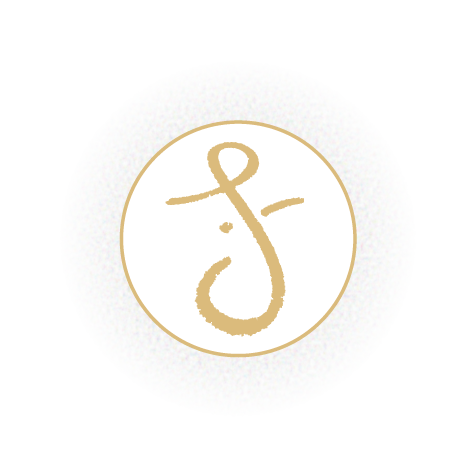OmGym® Suspension Yoga™ Q&A with Gabriel Axel
OmGym® International recently published a Q&A with Gabriel Axel, Certified OmGym® Suspension Yoga™ Instructor, on his experience with the practice and its many benefits.
Gabriel will be teaching OmGym® Suspension Yoga™ all of the Wanderlust summer events in 2014. Visit the Wanderlust website for more info and scheduling.
*Click here for more info on OmGym® Suspension Yoga.
*To purchase an OmGym® Suspension System, click here.
*Read about some of the esoteric ("secret") yogic science involved in OmGym® Suspension Yoga™ in the article, Your Brain on Yoga: The Art of Extending the Self.
OmGym® Q&A with Gabriel Axel
What attracted you to become an OmGym® Suspension Yoga™ Teacher?
As a neuroscientist and yoga practitioner, I was drawn to the unique simplicity of OmGym Suspension Yoga in potently addressing multiple aspects of health as relating to the brain and nervous system. The principles employed in this technology are essentially very similar those used in various health and fitness modalities, such as sensory integration and physical therapy, that have a history of scientifically proven benefits. Moreover, OmGym® International’s ecological awareness demonstrated that its design and above all, its intention, are aligned with a more sustainable form of health. For all these reasons, doing an OmGym® Suspension Yoga™ Teacher Training was a no-brainer way to learn more about this fascinating practice.
How is OmGym® Suspension Yoga™ similar or different to what you expected?
I initially anticipated OmGym Suspension Yoga to be a fun and effective addition to my existing practice, with a side thought that it was more of an extra bonus rather than something that would make a real difference in my overall yoga practice. What I found was an incredibly versatile tool — capable of hosting a virtually unlimited number (literally thousands) of poses— that is what I personally consider to be an evolutionarily novel addition to the practice of traditional yoga asana. Nothing like this has come before, and it is different from Aerial Yoga, which is more focused on a circus arts- and dance-inspired yoga. There are things you can do with OmGym® Suspension Yoga™ that you simply cannot do in traditional hatha yoga. And when used intelligently as an aid, it can produce leaps and bounds of progress in one’s traditional yoga asana practice, even if one is not interested in the “extra” moves that Suspension Yoga offers. I would encourage any skeptics to reserve their doubts and try it out with a qualified instructor first.
What benefits do you see in yourself from incorporating OmGym® Suspension Yoga™ into your own practice?
I have experienced a progressive increase in understanding my body, mind, and practice. The sensory integration aspect of OmGym Suspension Yoga does a great job in calibrating the vestibular system, the part of the nervous system partly responsible for balance, coordination, and the body’s orientation with respect to gravity. This has had a uniquely special effect on my sense of physical and mental orientation in space and time, which has also helped to enhance certain more esoteric aspects of yoga in the subtle body. It’s as close as you can get to being an astronaut while still being near the ground.
How has your professional set of offerings been enhanced by OmGym® Suspension Yoga™?
Since learning OmGym Suspension Yoga, I have been able to add this tool to my set of offerings, providing clients and students with a new entryway into refining the capacities of their nervous system. I have also seen in others and myself how practicing this art can complement various aspects of life, including work, relationships, and overall health.
What is your favorite OmGym Suspension Yoga pose and why?
Having come from a challenging physical practice myself (I have a background in Skanda Yoga®), using the OmGym Suspension System to do some unusual poses has been fun. That being said, my favorite OmGym Suspension Yoga pose is a simple full inversion. No matter how much inversion one does in traditional grounded asana, it is impossible to get the extent of spinal decompression and relaxation while inverted offered by OmGym Suspension Yoga. The spinal discs are temporarily relieved of pressure and are rehydrated (granted sufficient water intake). Moreover, when there is sufficient relaxation, stillness, and deep breathing during sustained inversion, brain chemistry begins to change in ways that promote improved mood, alertness, and subtle awareness. Win across the board.
At the upcoming Wanderlust events, what do you expect will be the highlight of teaching OmGym® Suspension Yoga™?
The upcoming Wanderlust events will feature a panoply of class offerings, all of which are exciting in their own ways and going to appeal to different practitioners. I’m excited to debut to a wider audience “Your Brain on Suspension Yoga”, a class I teach that focuses on how the practice of OmGym Suspension Yoga can be used to cultivate a felt awareness of the nervous system that is the first of its kind. It’s always fun to be a part of sharing things that have seldom, if never, been done before, and I’m happy to share this offering at Wanderlust.
